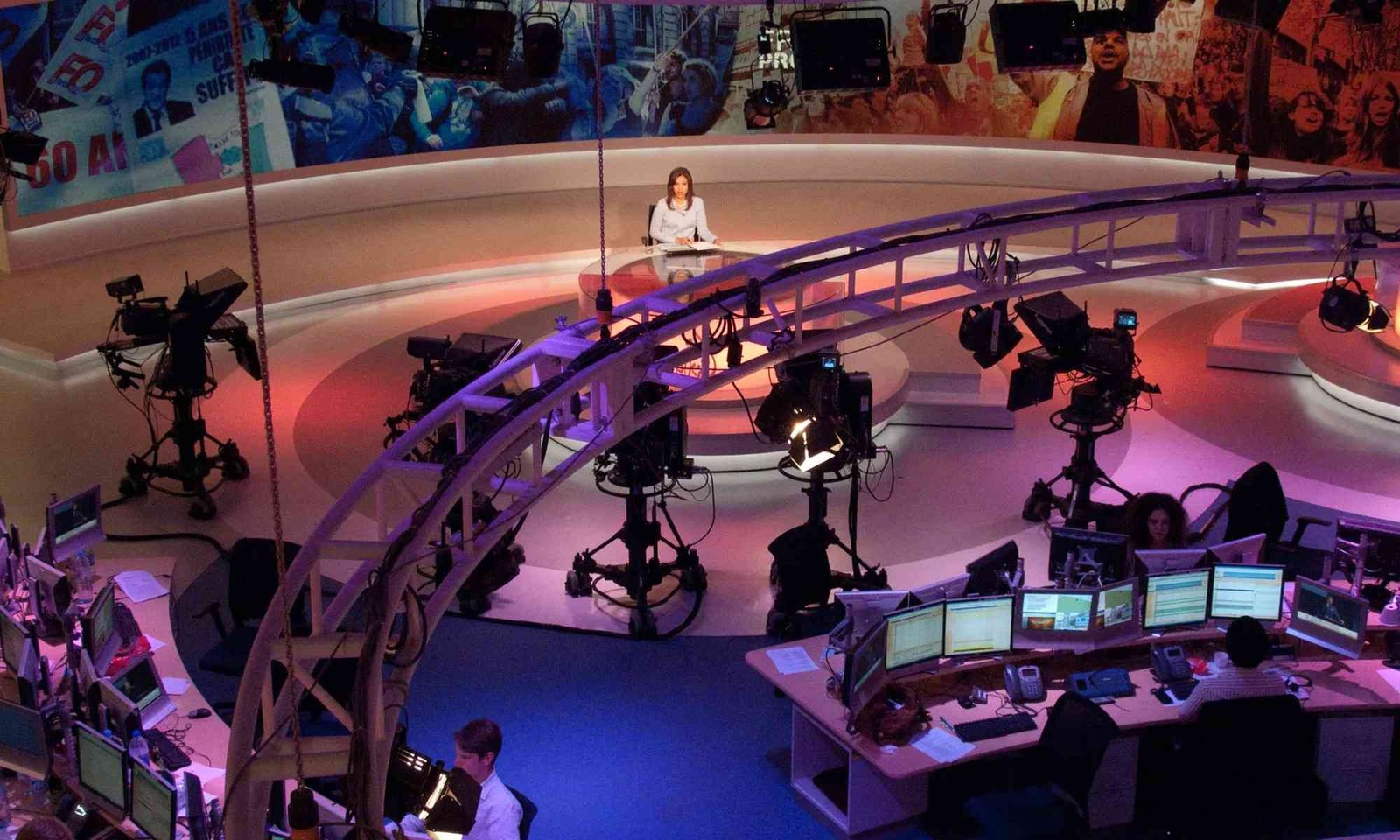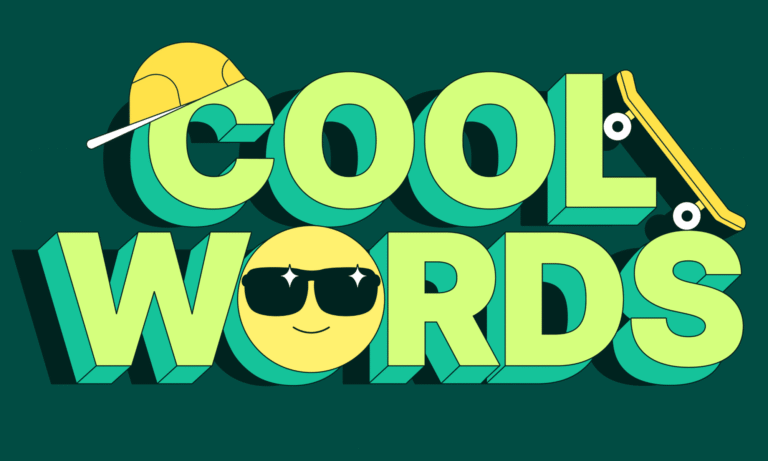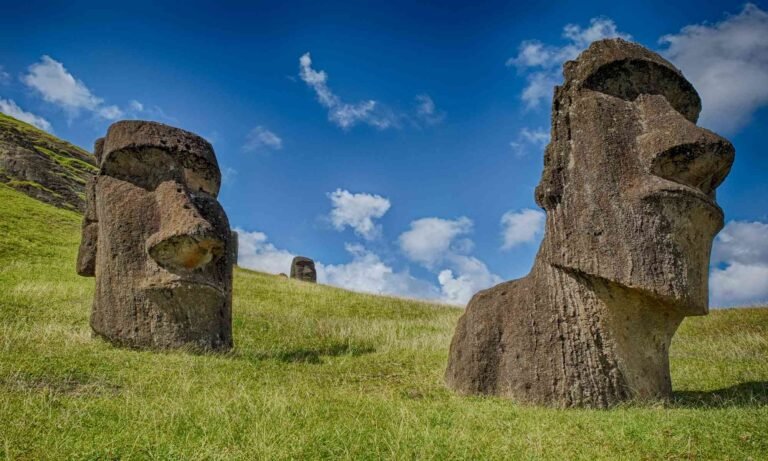Media, in its various forms, plays a crucial role in contemporary society, serving as a primary conduit for communication, information dissemination, and cultural expression. The term ‘media’ encompasses a wide range of channels, including print, digital, broadcast, and social media.
Each of these forms possesses unique characteristics and capabilities that allow them to influence public opinion, inform citizens, and shape societal norms. As technology evolves, the boundaries between these media types continue to blur, creating new opportunities and challenges for how information is produced and consumed.
- Print media, which includes newspapers, magazines, and books, has a long-standing history as a source of news and information. Despite the rise of digital platforms, print media remains significant for in-depth analysis and serious journalism. It often provides a more permanent source of information that can be revisited for historical context.
- In contrast, broadcast media, referring to television and radio, delivers content to a broad audience in real-time. This medium has the advantage of immediacy, making it effective for live news coverage and entertainment. It shapes public perceptions and often sets the agenda for issues that are considered important in societal discussions.
- With the growth of the internet, digital media has emerged as a transformative force in communication. Websites, blogs, and online news platforms provide instant access to vast amounts of information. Moreover, digital media enables interactivity, allowing users to engage with content and share their opinions widely.
- Social media platforms have revolutionized how we connect and share information. They facilitate instantaneous communication and provide a space for diverse voices to be heard. However, the influence of social media in shaping opinions and narratives also raises concerns about misinformation and echo chambers.
Overall, media forms the backbone of contemporary communication, influencing how individuals and communities understand the world around them. Its various manifestations are integral not only for information dissemination but also for fostering dialogue and cultural exchange within society.
The Evolution of Media
The history of media is a journey marked by key milestones that transformed how information is shared and consumed. Early on, newspapers and radio were dominant, with the 15th-century invention of the printing press revolutionizing access to knowledge and spreading ideas widely.
By the 20th century, television became a powerful medium, bringing news and entertainment into homes and shaping public discourse. It allowed real-time coverage of events, reinforcing its role as a trusted information source. The late 20th and early 21st centuries saw the rise of the internet, a turning point that enabled anyone to create and share content. Social media, in particular, fostered instant communication and gave rise to citizen journalism, where individuals report events as they happen.
Media’s evolution has led to greater accessibility and interactivity, with audiences now active participants in content creation. While this democratization has amplified diverse voices, it also raises concerns about misinformation. Understanding this shift is essential in today’s complex media environment.
The Impact of Media on Public Opinion
Media plays a vital role in shaping public opinion through framing and agenda-setting. These processes reveal how media influences perceptions, biases, and societal norms. Framing refers to how information is presented – emphasizing some aspects while downplaying others – which can shape how audiences interpret issues.
For example, media coverage of political events can sway sentiment. Highlighting a politician’s successes while minimizing criticism may lead to a favorable view, while focusing on controversies can have the opposite effect. These subtle choices in framing significantly impact public perception. Agenda-setting, meanwhile, involves determining which topics receive attention. When media repeatedly covers issues like climate change or social justice, the public is more likely to view them as important. In this way, media not only informs but also guides public priorities.
Media’s influence also interacts with social norms and personal biases. People often seek out content that aligns with their beliefs, reinforcing their views. This creates a feedback loop where media and public opinion shape each other, underscoring media’s powerful societal role.
The Role of Media in Politics
The relationship between media and politics is central to modern democracies. Media acts as a watchdog, exposing corruption and abuse of power through investigative journalism, which promotes transparency and political accountability.
It also serves as a platform for political discourse. Through television, print, and digital media, politicians share their views and policies, while voters engage with diverse perspectives. Social media has further transformed political communication, enabling real-time interaction and empowering grassroots movements.
Media’s influence on elections is significant. Campaigns depend on media coverage to shape public perception and sway voter behavior. News, ads, and debates inform choices and impact outcomes. However, this power also brings responsibility – media must ensure accuracy to prevent misinformation.
Media Literacy and Critical Thinking
In the digital age, media literacy is a vital skill for navigating today’s complex information landscape. With constant exposure to diverse media messages, individuals must think critically to assess credibility and quality. Media literacy involves accessing, analyzing, evaluating, and creating content across formats – from print to digital.
A key component is recognizing bias. Media outlets often reflect ideological leanings that influence how stories are framed. Understanding these biases helps individuals judge the reliability of news, ads, and social media posts more effectively.
Equally important is identifying misinformation. Social media enables false information to spread quickly, making fact-checking and consulting multiple sources essential. Encouraging skepticism and inquiry helps counter misinformation and supports informed decision-making.
Finally, media literacy includes understanding how media shapes perceptions and behaviors. Its influence on democracy, public health, and social cohesion underscores the need for thoughtful, informed media engagement.
The Influence of Social Media
Social media has dramatically reshaped communication and public discourse, turning users into both consumers and creators of content. Platforms like Facebook, Twitter, Instagram, and TikTok have become central to how people share information and build communities.
A key consequence of this shift is the rise of echo chambers – online spaces where users mostly engage with like-minded individuals. This reinforces existing beliefs and limits exposure to diverse perspectives. Algorithms intensify the effect by curating content based on user preferences, contributing to polarization.
Social media also empowers online activism. Movements that once struggled for visibility can now gain momentum through viral trends and hashtags. While this can raise awareness and mobilize support, critics argue that such activism may be shallow or performative, lacking real-world impact. Influencers further shape social norms and trends. Through curated content and personal branding, they can affect consumer choices, public opinion, and even political views. Their reach gives them significant cultural influence.
Challenges Facing the Media Landscape
Today’s media landscape faces numerous challenges that affect its credibility and effectiveness.
- A major concern is the erosion of public trust. With an overwhelming amount of information available, audiences often question the reliability of news, especially following high-profile cases of misinformation.
- The spread of fake news, particularly on social media, further undermines public discourse. False information can shape opinions and sow confusion, making it essential for media organizations to strengthen fact-checking and embrace transparency to rebuild trust.
- Censorship also threatens journalistic integrity. Whether imposed externally or through self-censorship, it limits the media’s ability to report freely and hold power accountable. Journalists may face pressure or threats for challenging dominant narratives, leading to underreporting on critical issues.
- Financial instability adds to the strain. Traditional media outlets are losing revenue to digital platforms, resulting in shrinking newsrooms and declining print media. This raises concerns about the future quality and depth of journalism.
Together, these issues illustrate the complex environment media must navigate to remain relevant, independent, and trustworthy in a rapidly evolving world.
The Future of Media
Technological advancements continue to reshape media, signaling major changes in how information is created, shared, and consumed.
- One key development is the use of artificial intelligence (AI) in journalism. AI enhances reporting by analyzing large datasets and generating content quickly while maintaining journalistic standards.
- Virtual reality (VR) is also transforming storytelling. By immersing audiences in the narrative, VR creates emotionally engaging experiences that deepen understanding of complex issues. As the technology matures, more media outlets are likely to adopt VR to craft interactive, impactful stories.
- Another major trend is personalized content delivery. With improved algorithms and machine learning, media companies can tailor content to individual preferences, boosting engagement and relevance. This shift encourages a move away from generic content toward more targeted strategies.
What’s More
The posts in My Blog feature reflective, story-driven pieces rooted in personal and societal insights.
The topics in My Interests explore abstract, philosophical ideas and their cultural and societal impact.

















